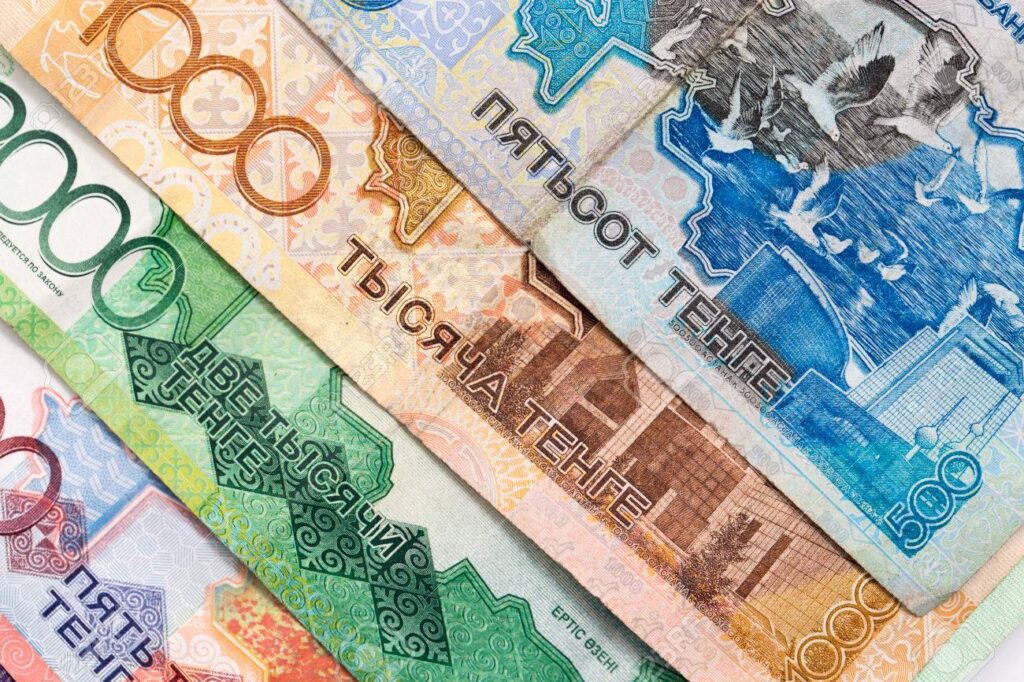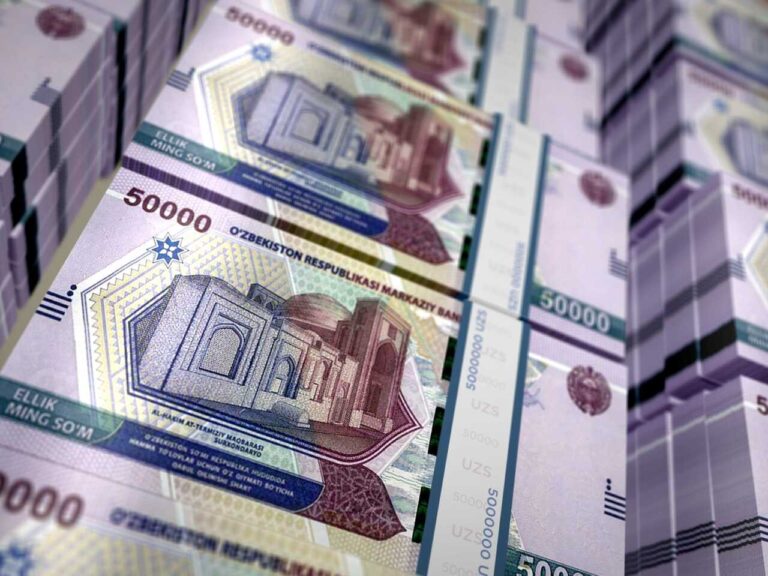
Kazakhstan’s external debt soared to a record $170.5 bln by the end of the first quarter of 2025, marking a sharp increase of $5.7 bln since the start of the year, according to data from the National Bank. This is the highest level ever recorded since official statistics began in 2001, surpassing the previous peak of $167.4 bln set in 2018.
The National Bank attributed the rise to a combination of balance of payments operations, which added $3.4 bln, and currency, valuation and other adjustments amounting to $2.3 bln.
Private Sector Drives Debt Growth
The composition of Kazakhstan’s foreign debt reveals a significant increase in private sector borrowing, which now stands at $138.2 bln — up by $5.6 bln in the first quarter alone.
Government debt slightly declined to $14.8 bln, down by $400 mln, while liabilities from banks and state-linked enterprises rose by $600 mln to reach $17.5 bln.
The largest creditors include the Netherlands ($41.75 bln), Russia ($14.87 bln), the United Kingdom ($13.98 bln), the United States ($11.02 bln), France ($10.89 bln), China ($10.2 bln) and Bermuda ($9.36 bln). A significant portion of the debt comes in the form of direct investment through intercompany loans, particularly from Dutch and American firms.
Energy and Finance Sectors Hold Majority of Debt
More than $78 bln is tied to the extractive industries, with $74 bln linked specifically to crude oil and gas extraction. The manufacturing sector has attracted $14 bln in external financing, while $23.7 bln went into financial and insurance services. Defence and vehicle repair also drew notable amounts — $12.5 bln and $11.8 bln, respectively.
The bulk of the debt — over $115 bln — is denominated in U.S. dollars, while borrowings in the local currency, the tenge, stand at $11.3 bln.
Long-term obligations make up 87.1% of the total, meaning they mature in over a year. While this reduces short-term liquidity risk, it increases exposure to shifts in global financial markets and interest rates.
Loans and borrowings from foreign entities account for 71.9% of the debt, with non-resident holdings of debt securities representing a further 9.3%. These financial instruments dominate Kazakhstan’s external debt structure, underscoring the country’s reliance on long-term international credit.
Kursiv also reports that Uzbekistan’s external debt rose to $68.4 bn in the first quarter of 2025, according to the latest external sector report from the Central Bank.












